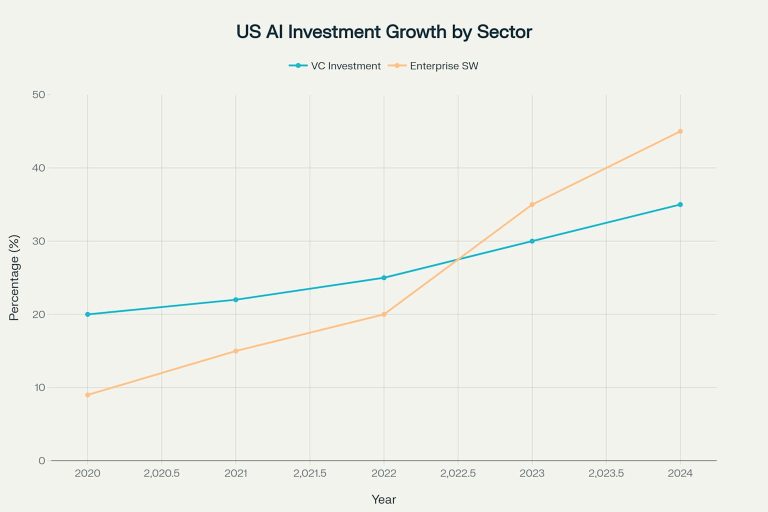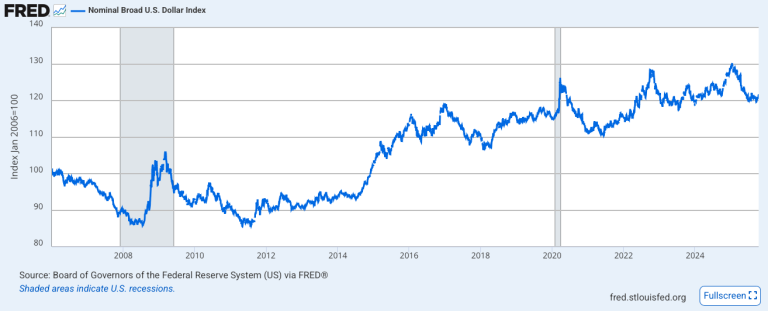Is the Stock Market Overvalued? What the Shiller CAPE Ratio Says About Future Returns.
A deep dive into one of Wall Street’s most reliable long-term indicators—and why its warning signals in 2025 are more complicated than they appear.
It’s the question on every investor’s mind as we head into the final months of 2025: After a remarkable run, is the stock market dangerously overvalued?
Pick your favorite news headline, and you’ll find an expert arguing for a crash, a correction, or a continued climb. But what if there was a tool, grounded in over a century of data, designed to cut through the noise?
Enter the Shiller Cyclically Adjusted Price-to-Earnings (CAPE) ratio. Developed by Nobel laureate Robert Shiller, it’s one of the most respected measures of long-term market valuation. And right now, it’s flashing a warning sign.
As of October 2025, the S&P 500’s CAPE ratio stands at 31.5. To put that in perspective, that’s in the 91st percentile of its historical value since 1871. In simple terms, the stock market has only been this expensive about 9% of the time in the last 150 years.
Historically, a reading this high has preceded periods of disappointing long-term returns. But does that mean you should sell everything? The answer, like most things in investing, is a bit more complicated.
What is the Shiller CAPE Ratio, Anyway?
Before we panic, let’s understand what we’re looking at. The standard Price-to-Earnings (P/E) ratio tells you how much you’re paying for one dollar of a company’s earnings from the last year. It’s a useful snapshot, but it can be misleading. A single great year can make a stock look cheap, while a single bad year (like a recession) can make it look wildly expensive.
The CAPE ratio solves this by smoothing things out. It’s calculated as:
CAPE = Stock Price / Average of the last 10 years of inflation-adjusted earnings
Think of it as judging a marathon runner on their average pace over the whole race, not just their last mile. By averaging a decade of real earnings, the CAPE ratio filters out the short-term volatility of the business cycle, giving a more stable picture of a market’s true valuation.
What the CAPE Is Telling Us About the Next Decade
So, what does a CAPE of 31.5 mean for your portfolio?
History offers a clear, if sobering, guide. When the CAPE ratio is high, future long-term returns tend to be low. Based on historical data, a starting CAPE in this range has been associated with an average 10-year real total return of just 0.5% to 3.5% per year.
That’s a far cry from the historical average real return of around 6.7% that many investors have come to expect. If the CAPE’s historical predictive power holds, investors buying into the S&P 500 today should temper their expectations for the decade ahead.
The Big Debate: Is the CAPE Ratio Broken?
This is where the story gets interesting. Critics, including renowned professor Jeremy Siegel, argue that comparing today’s CAPE to the historical average isn’t an apples-to-apples comparison. The economy and accounting rules have changed, and these changes may be artificially inflating the CAPE ratio.
Here are the three main arguments:
- The Accounting Rules Have Changed: Modern accounting standards, like “mark-to-market” rules, have made reported earnings (the “E” in CAPE) more volatile than in the past. During recessions like the 2008 financial crisis, these rules forced massive write-downs that crushed the 10-year earnings average for years, making the CAPE ratio appear higher than it otherwise would have.
- The Rise of the Intangible Economy: In the 20th century, the economy was dominated by companies that built physical things. Their investments in factories and machines were capitalized over time. Today, the largest companies in the S&P 500—think Apple, Microsoft, and Alphabet—invest in intangible assets like software, research & development, and brand value. Under current accounting rules, these investments are immediately expensed, which artificially depresses reported earnings and, you guessed it, inflates the CAPE ratio. The S&P 500’s shift from an industrial index to a tech-heavy one means this effect is more pronounced than ever.
- The Buyback Boom: For much of history, companies returned cash to shareholders primarily through dividends. Today, share buybacks are the preferred method. Buybacks reduce the number of shares outstanding, which boosts earnings per share. While this is a real return to investors, the standard CAPE formula doesn’t account for it as cleanly as it does for dividends, potentially skewing historical comparisons.
How to Use the CAPE Ratio Like a Pro in 2025
Given these critiques, should we ignore the CAPE ratio’s warning? Not at all. But we should use it wisely.
- It’s a Thermometer, Not a Crystal Ball: The CAPE ratio is terrible at predicting short-term market crashes. A high reading can stay high for years. Instead of a timing tool, think of it as a gauge of market temperature. Right now, the market is hot.
- Set Realistic Expectations: The most powerful use of the CAPE is as a tool for setting long-term return expectations. With the CAPE at 31.5, it’s prudent to assume that returns over the next 10 years are more likely to be below average than above it.
- Look Beyond the Headline Number: Smart investors understand the context. The Equity Risk Premium (ERP)—which compares the earnings yield of the stock market (1/CAPE) to the yield on “risk-free” government bonds—provides a more complete picture. As of October 2025, the ERP is also below its historical average, suggesting stocks aren’t particularly cheap relative to bonds either.
- Consider a Global Perspective: The U.S. stock market currently has one of the highest CAPE ratios among major global markets. This suggests that, on a relative valuation basis, better long-term returns may be found in international markets.
The Final Verdict
So, is the U.S. stock market overvalued? Based on the unadjusted Shiller CAPE ratio, the answer is an unequivocal yes.
But the real story is more nuanced. Structural changes in the economy mean the CAPE ratio is likely biased upward. However, even after accounting for these factors, valuations remain elevated.
The message for investors isn’t to panic and sell. It’s to be realistic. The era of easy, double-digit annual returns may be behind us for a while. A high CAPE ratio signals that this is a time for careful planning, global diversification, and a focus on long-term value—not a time for irrational exuberance.




